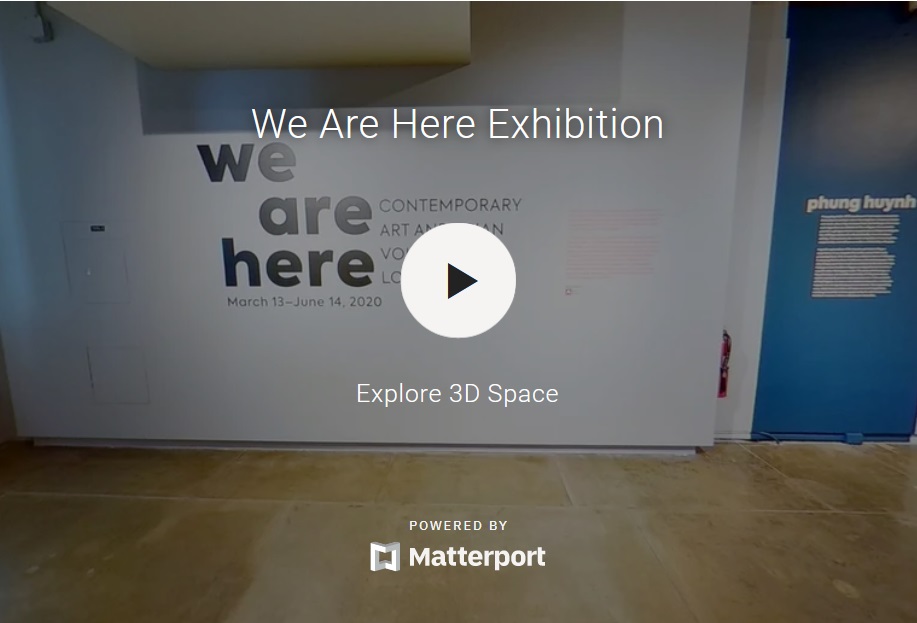How the Pandemic Changed Museums Forever (or Did It?)
The exhibition “We Are Here: Contemporary Art and Asian Voices in Los Angeles” opened at the USC Pacific Asia Museum in Pasadena to great uncertainty. Just two days earlier, the World Health Organization declared COVID-19 a global pandemic. As fear spread, so did a rising tide of anti-Asian racism and xenophobia.
The museum’s show featured seven L.A.-based female artists of Asian Pacific heritage whose artwork — such as Phung Huynh’s portraits of Southeast Asian refugees on pink donut boxes and Ann Le’s photomontages of her Vietnamese refugee family — drew on their experiences in immigrant communities recovering and starting anew after war trauma. It stayed open for only three days before the museum closed its doors.
“It was heartbreaking,” says USC Museums Interim Director Bethany Montagano, who is also director of the USC Pacific Asia Museum. “We knew that the messages of that exhibition and what these really amazing female Asian American contemporary artists had to say were really important to the AAPI [Asian American and Pacific Islander] community that was in pain due to anti-Asian hate further unveiled in the wake of COVID.”
Not knowing when — or if — the museum could welcome back visitors, Montagano and her team of 15 asked themselves: “How can we take what we do at the museum outside of the four walls and deliver a relevant and resonate experience to people’s homes?”
Art leaders across the country and the world wrestled with the same question. Pandemic closures stretched on for weeks and months, shuttering exhibitions and bringing ticket sales to a standstill.
The upshot? Art institutions shifted their creativity into high gear, finding new and innovative ways to engage with the public. Virtual art museum tours took hold, and the way we view and talk about art may never be the same…
Continue reading the full article in USC Trojan Family Magazine
